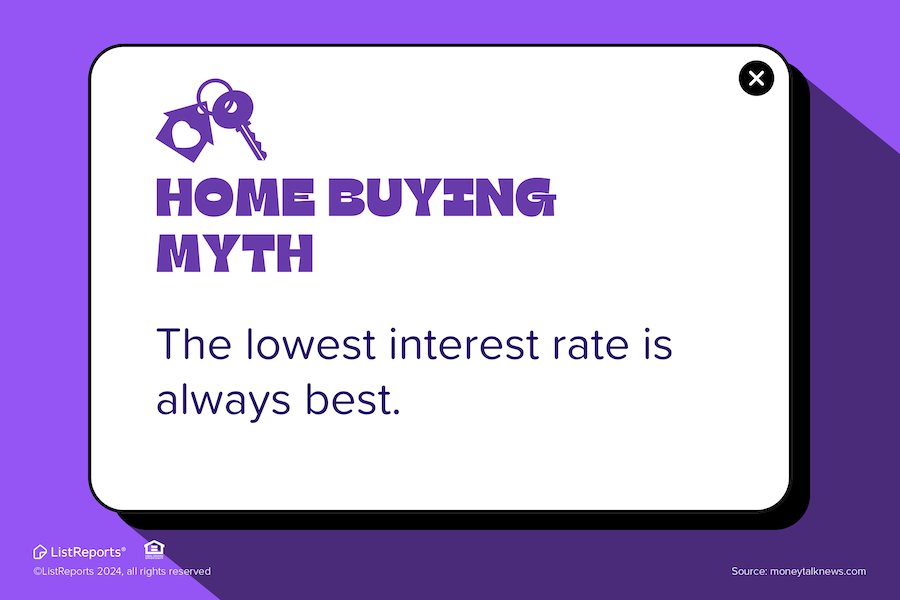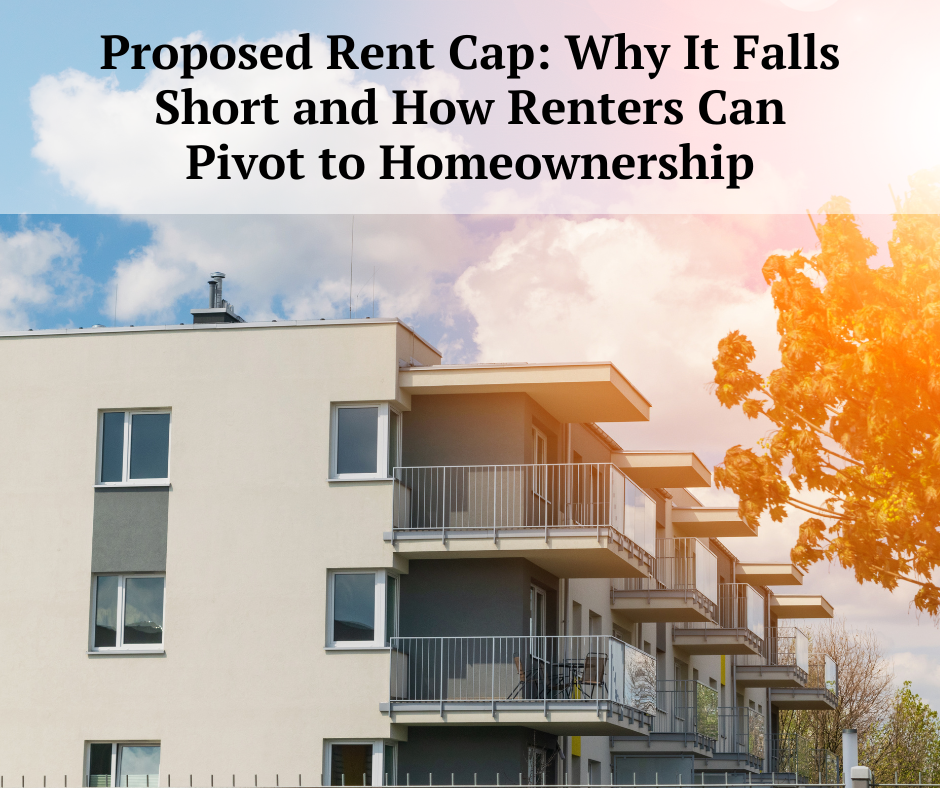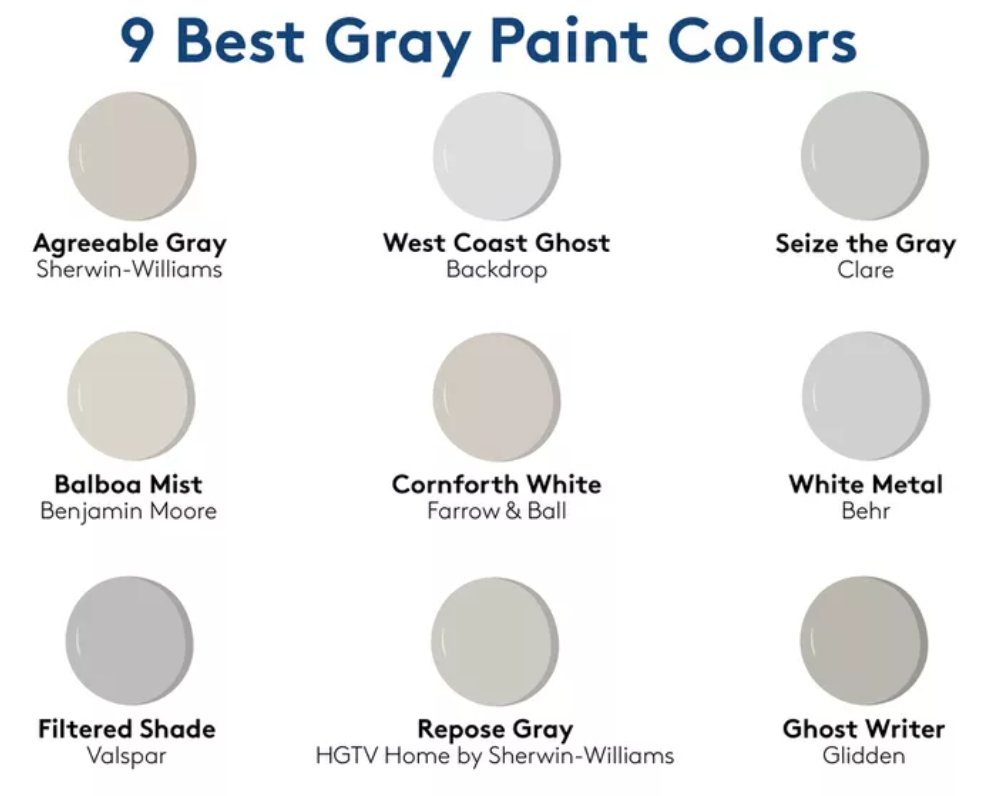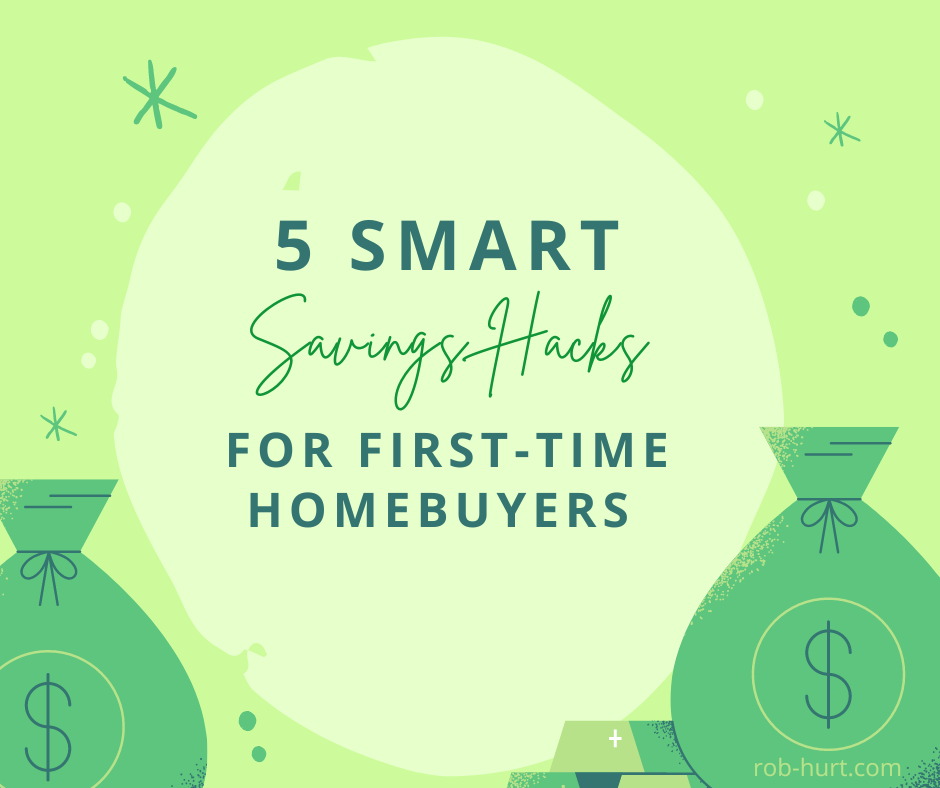According to a recent article from Realtor.com titled “The Best Time To Buy a Home Is the Week of Sept. 29 – Oct. 5,” this fall presents a unique opportunity for homebuyers. Here’s what you need to know:
Key Highlights:
- Optimal Buying Window: The week of Sept. 29 – Oct. 5 is identified as the best time to buy a home in 2024, with the following two weeks being almost as favorable.
- Market Conditions: This period offers a balanced mix of conditions that favor buyers compared to the rest of the year.
- Inventory Boost: Based on historical trends, the first week in October might see up to 37% more active listings than at the start of the year.
- Potential Savings: Buyers could save over $14,000 during this week compared to the summer peak for a median-priced home of $445,000.
- Slower Market Pace: Time on market has started to approach pre-pandemic levels, giving buyers more time to make decisions.
- Less Competition: Historically, buyer demand is 29.5% lower than the peak and 14.0% lower than the average week during this period.
- Price Reductions: The best week represents one of the peak weeks for price reductions throughout the year.
Market Context:
- The 2024 homebuying season has been relatively slow due to high home prices and mortgage rates.
- Active listing inventory has increased significantly compared to last year but remains lower than pre-pandemic levels.
- Recent improvements in inventory have varied regionally, with the South seeing the most significant increases.
- Mortgage rates have shown some improvement, potentially bringing more buyers to the market.
Advice for Buyers:
- Get familiar with the market and your priorities as soon as possible.
- Consider your specific needs: waiting longer might mean more savings, but buying earlier could offer more fresh options.
- Keep an eye on mortgage rates, as they could significantly affect home affordability this fall.
- Use tools like mortgage calculators to understand how changes in rates affect your budget.
- Set up price alerts and spend time researching your desired areas on real estate websites.
Remember, while this week offers generally favorable conditions nationwide, local markets may vary. Out of the 50 largest U.S. metros, 41 have their best buying week within a month of the national best week, emphasizing the overall favorable conditions in September and October.
Dallas-Fort Worth-Arlington Market Statistics:
For the Dallas-Fort Worth-Arlington metro area, the best time to buy aligns with the national trend:
- Best Week: Sept. 29 – Oct. 5
- Active Listings vs. Average: +21.3%
- Views per Property vs. Peak: -39.5%
- Days on Market vs. Peak: +16 days
- Median List Price vs. Peak: -7.1%
- New Listings vs. Average: -1.5%
- Price Reductions vs. Average: +2.2%
These statistics suggest that during the best week to buy in Dallas-Fort Worth-Arlington, buyers can expect more inventory, less competition, lower prices, and more time to make decisions compared to peak periods.


 Facebook
Facebook
 X
X
 Pinterest
Pinterest
 Copy Link
Copy Link











